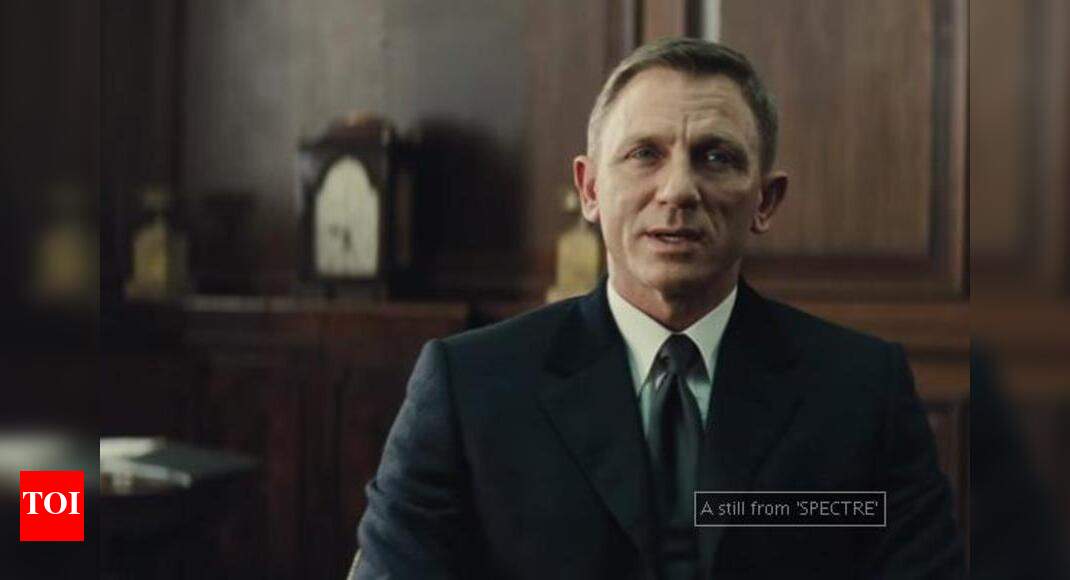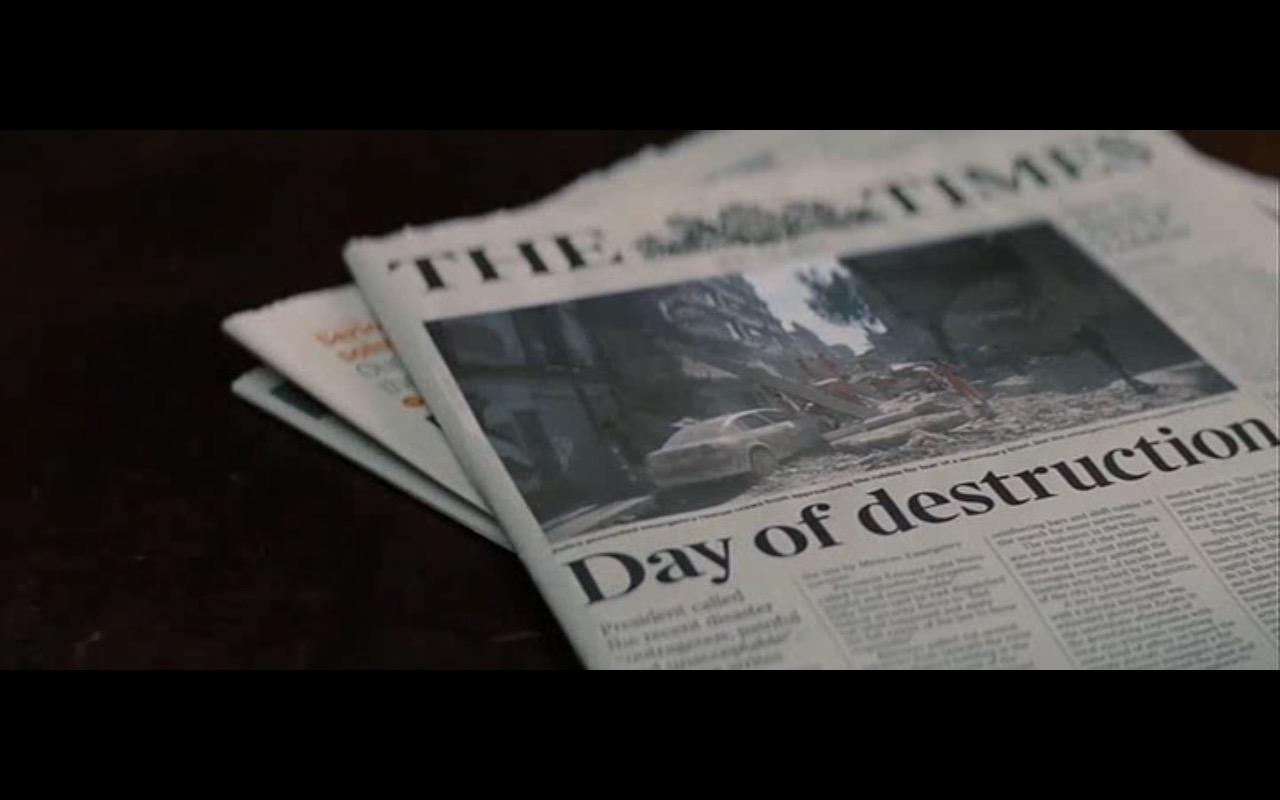
Spectre film times serial#
Spectre continues the recent trend of transforming the serial womanizer into more of a romantic hero.

His cool, urbane approach is menacing but he’s not as ferocious as Skyfall’s Silva. As the man in the shadows, Christoph Waltz is underused. His fight scene with Bond aboard a moving train is reminiscent of Connery’s battle with Robert Shaw’s Grant in From Russia with Love - the similarities are undoubtedly intentional. Although not as memorable as Oddjob or Jaws, he can stand on his own. Hinx, played by Guardians of the Galaxy’s Dave Bautista, is a pleasant addition to the 007 Rogues Gallery of Henchmen. Madeleine Swann (Lea Seydoux) develops a little too slowly for an action thriller. It’s ultimately superfluous and serves primarily to fatten up an already bloated production. Much of the London-based material, with M battling C over the value of “old-fashioned” field agents, belongs in a different movie. In fact, two of Craig’s outings ( Skyfall and Casino Royale) have represented the best Bond since Connery left. If Spectre is disappointing, it’s because Skyfall, its immediate predecessor (also directed by Sam Mendes), was so good. As M’s group comes under fire as obsolete by a new British intelligence official, C (Andrew Scott, Sherlock’s Moriarty), Bond must romance a couple of women (Monica Bellucci, Lea Seydoux), face off against Oberhauser’s henchman, Hinx (Dave Bautista), and uncover the truth about Oberhauser (which won’t surprise any long-time Bond fans). Oberhauser has a close connection to Bond and is nursing a grudge. His investigation, spurred on by a tip from his former boss (a Judi Dench cameo), sends him in pursuit of a new global threat: the organization Spectre, headed by Franz Oberhauser (Chistoph Waltz). 007 is in Mexico City, tracking an assassin. As the film starts, M (Ralph Fiennes) and Moneypenny (Naomie Harris) are in the office and Q (Ben Whishaw) is in his lab. Although a little light on gadgets, it has everything else, including (for the first time since Brosnan’s unfortunate final outing) the opening iris. Spectre is the most “traditional” of the Craig Bonds.


By the end of Spectre, the pieces are (almost) all in place for the Bond production team to start re-making the early classics. Prior to its re-emergence here, Spectre (an acronym for “ Special Executive for Counter-intelligence, Terrorism, Revenge and Extortion”), the nefarious shadow organization that plagued the Connery Bond, has been absent for more than 40 years (largely because of copyright issues). For the first time, we see the producers’ masterplan: not only to strip down and resurrect Bond (the character) for a new era but to meticulously re-introduce all the elements of his universe. The fourth (and possibly last) outing for Daniel Craig as 007, this continues the “reboot” process begun in 2006’s Casino Royale. Overplotted and at least 20 minutes too long, the film opens big, slogs through its middle act, and recovers for a rousing conclusion.
Spectre film times movie#
An “average” James Bond movie can be described using three words: “satisfying but flawed.” To the extent that’s true, Spectre fills the mold.


 0 kommentar(er)
0 kommentar(er)
